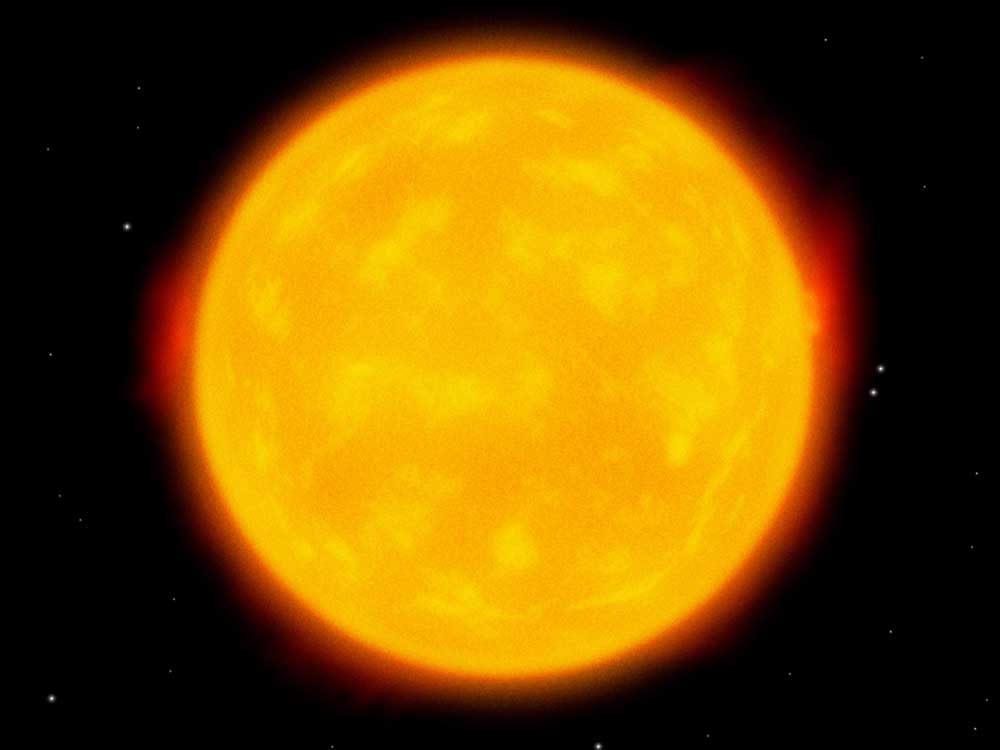Where does the sun go?
Published 11:56 pm Wednesday, January 18, 2017

- The sun from space.(Thinkstock photo)
You may have heard the saying at some point in your life: “The sun will come up tomorrow.” You know it means it’s not the end of the world. But have you ever wondered why the sun behaves the way it does? Why does the sun rise in the east and set in the west?
The ancient people saw the passage of the sun across the sky as proof that the sun was revolving around us. Modern astronomy has proven that it’s the other way around. The sun only appears to be revolving around us because our planet not only orbits it, but rotates on its own axis as it makes its orbit. We see the passage of the sun through the sky, and it is the basis for our measurement of time.
Trending
If viewed from above the North Pole, the Earth would appear to be rotating counterclockwise. This is true with all celestial objects observed in the sky, which takes them from east to west. This is also true of the majority of the objects in our solar system. Venus and Pluto are exceptions, rotating backward compared to Earth, which astronomers call retrograde motion. Uranus is another exception, which not only rotates westward, but is tilted on its side relative to the sun. The cause of this retrograde motion is believed to be a large impact during the earlier history of our solar system. So, if you were on the surface of Pluto, the sun would rise in the west and set in the east.
As mentioned in my earlier article, the Earth takes 23 hours, 56 minutes to rotate on its axis. With the Earth’s average orbital velocity of around 66,000 mph, it takes us just about 365.256 days to complete a single orbit of the sun.
This is why we add an extra day every four years, known as a leap year.
So the sun rises in the east and sets in the west because of our planet’s rotation. But does the sun move? Yes. The sun and the entire solar system orbit around the center of the Milky Way galaxy. The current estimate is that it will take about 230 million years to make one complete orbit around the galaxy.
Things seem to be locked in this celestial dance in our solar system. But, if like what happened with Venus, Uranus and Pluto, a large enough asteroid or celestial object were to strike the Earth just right, the situation here would change. We too could experience what it is like to watch the sun rise over the Cascade mountains and set in the east. Let’s hope that does not happen in our lifetime.
Best wishes and clear skies,
Trending
— Bob Grossfeld, manager of Oregon Observatory at Sunriver, Central Oregon Community College astronomy instructor and JPL/NASA Solar System Ambassador.








